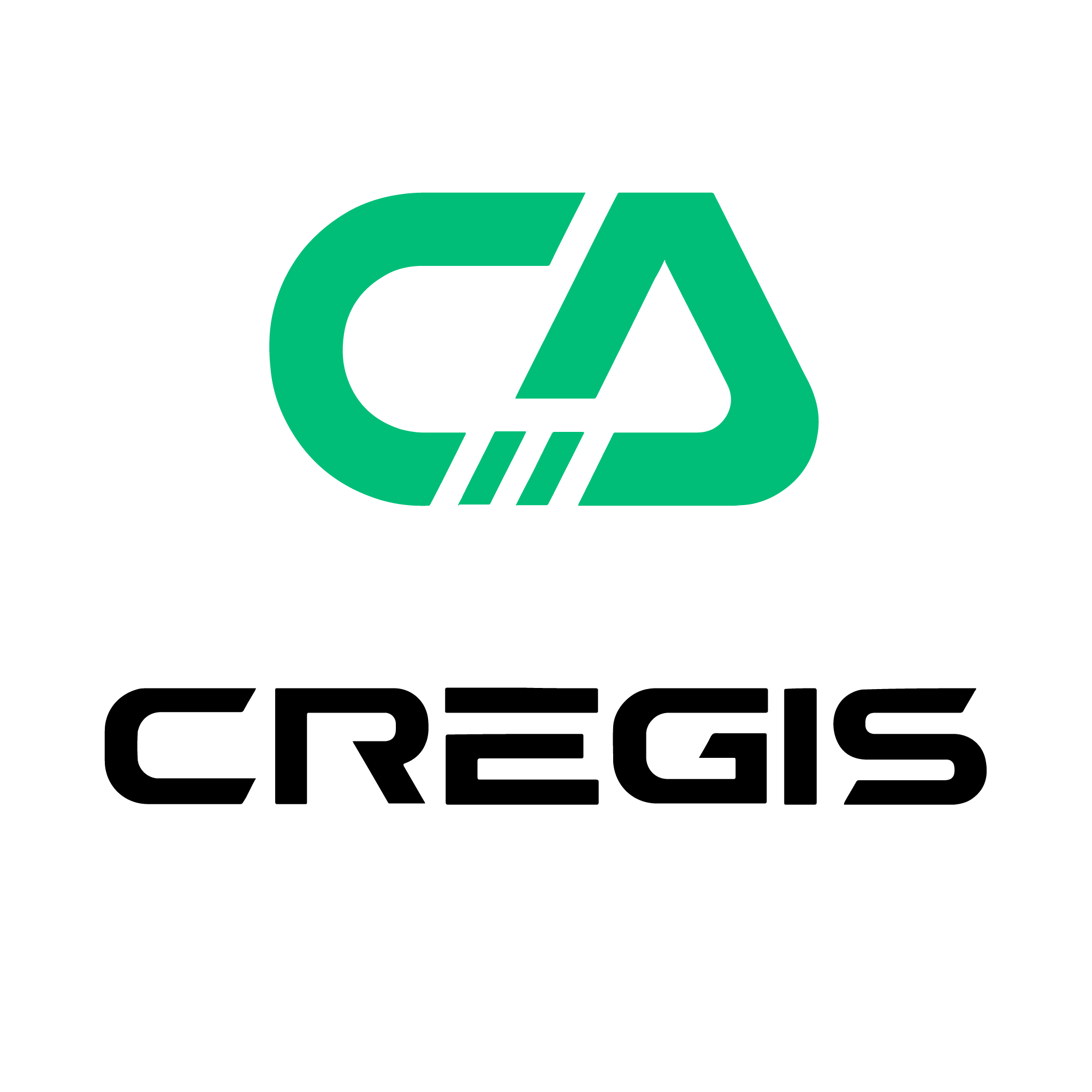The adoption of stablecoins is accelerating across Asia. Once seen as a niche tool within the crypto trading world, stablecoins like USDT and USDC are now entering the mainstream of business operations, from cross-border payments to e-commerce settlements. With improved regulatory clarity and enterprise-grade infrastructure, stablecoins are transforming how money moves in Asia’s fast-paced digital economy.
Below, we explore what’s fueling this momentum and how businesses can leverage the shift.
Stablecoin Adoption Surges Across Asia
Asia is rapidly emerging as a global hub for stablecoin activity. Institutional investors, fintech platforms, and regional payment providers are tapping into stablecoins for their speed, transparency, and programmability. Markets like Hong Kong, Singapore, South Korea, and Japan are seeing increased use of stablecoins in real-world scenarios, not just crypto-native applications.
This shift signals a broader acceptance of blockchain-based finance and opens new pathways for businesses to innovate their financial operations.
Cross-Border Payments Are Getting Faster and Cheaper
Traditional international payment systems are often slow, opaque, and expensive. Stablecoins address these issues by enabling near-instant cross-border transfers with significantly lower fees. Whether for B2B supplier payments or overseas customer settlements, stablecoins streamline the payment process and remove intermediaries.
For importers, exporters, and freelancers in Asia, this is a game changer. The ability to settle in stablecoins like USDC can reduce time-to-cash and increase operational efficiency.
Real-World Use Cases Are Expanding
Stablecoins are moving beyond crypto trading desks into real-world commerce. In Asia, sectors like luxury retail, hospitality, and online marketplaces are starting to accept stablecoin payments—especially from international customers. Stablecoins reduce foreign exchange conversion costs and payment processing time, while offering customers a seamless digital experience.
Use cases now include online travel bookings, cross-border e-commerce, digital goods, and subscription models.
Monthly Transaction Volumes Tell a Bigger Story
The numbers are compelling. In Asia, consumer-to-business stablecoin transactions now exceed $300 million per month, while business-to-business payments surpass $3 billion monthly, according to industry research. These figures reflect real economic activity, not just speculative trading, and suggest stablecoins are here to stay.
Regulators Are Providing Clearer Guidance
One of the key reasons for stablecoin growth in Asia is the shift in regulatory tone. Authorities in Hong Kong, Singapore, and South Korea are introducing frameworks to license or guide the issuance and use of fiat-backed stablecoins. These efforts create a safer, more predictable environment for adoption by enterprises and payment providers.
For example, Hong Kong's upcoming stablecoin licensing regime and Singapore’s recent updates to digital payment token regulations mark significant steps toward formal integration.
USDC Expands onto the XRP Ledger
In a major development, Circle has launched native USDC on the XRP Ledger, a blockchain known for its speed and low transaction costs. This move enhances USDC’s liquidity and utility across Asia, particularly for high-throughput, cross-border payments. Enterprises can now settle in USDC across more chains and at faster speeds, increasing the viability of stablecoin payments for commercial-scale operations.
How Cregis Supports Asia’s Stablecoin Momentum
At Cregis, we help businesses integrate stablecoin infrastructure seamlessly. Whether you're a fintech startup, payment gateway, or e-commerce platform, our solutions provide building blocks for stablecoin adoption:
- Wallet-as-a-Service (WaaS) to manage stablecoin balances securely
- MPC-based custody for institutional-grade security
- Crypto payment APIs for automated settlements in USDT, USDC, and more
- Gasless transactions to improve user experience
- Multi-chain support, including Ethereum, Tron, and XRP Ledger
We bridge the gap between blockchain innovation and regulatory compliance, so you can focus on scaling with confidence.
Final Thoughts
The rise of stablecoins in Asia is not just a tech trend—it’s a financial shift. Businesses that embrace stablecoin-powered infrastructure today will be better positioned to meet the demands of tomorrow’s digital-first economy. With the right tools and regulatory readiness, stablecoins can unlock faster, safer, and more global payment experiences.
About Cregis
Founded in 2017, Cregis is a global leader in enterprise-grade digital asset infrastructure, providing secure, scalable and efficient management solutions for institutional clients.
Built to solve the challenges of fragmented blockchain systems and asset security risks, Cregis delivers MPC-based self-custody wallets, WaaS solutions, and Payment Engine, featuring collaborative asset control and a compliance-ready ecosystem.
To date, Cregis has served over 3,500 institutional clients globally. Our solutions empower exchanges, fintech platforms, and Web3 enterprises to adopt blockchain technology with confidence. Backed by years of proven expertise in blockchain and security, Cregis helps businesses accelerate their Web3 transformation and unlock global digital asset opportunities.

